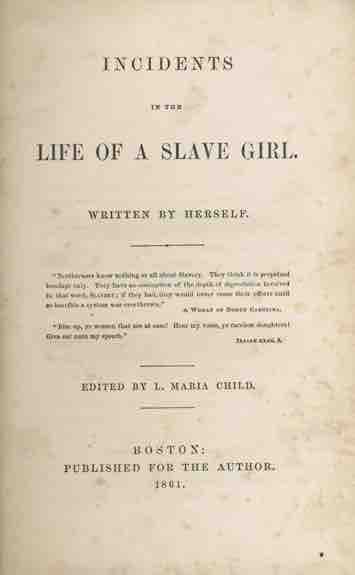Female Slaves and the Law
Southern rape laws embodied race-based double standards. In the antebellum period, black men accused of rape were punished with death whereas white men could rape or sexually abuse female slaves without fear of punishment. In fact, by the nineteenth century, popular works in the South depicted female slaves as lustful, promiscuous “jezebels” who shamelessly tempted white owners into sexual relations, thereby justifying abuse perpetrated by white men against black women. Children, free women, indentured servants, and black men also endured similar treatment from their masters, or even their masters' children or relatives. While free or white women could charge their perpetrators with rape, slave women had no legal recourse. Their bodies technically belonged to their owners by law. The sexual abuse of slaves was partially rooted in a patriarchal Southern culture that perceived all women, whether black or white, as chattel, or property.
Beginning in 1662, Southern colonies adopted into law the principle of partus sequitur ventrem, by which children of slave women took the status of their mother regardless of the father's identity. This was a departure from English common law, which held that children took their father's status. Some slave-owner fathers freed their children, but many did not. The law relieved men of the responsibility of supporting their children and confined the "secret" of miscegenation to the slave quarters. By 1860, just over 10 percent of the slave population was mulatto.
Slave Breeding
"Slave breeding" refers to those practices of slave ownership that aimed to influence the reproduction of slaves in order to increase the profit and wealth of slaveholders. Such breeding was in part motivated by the 1808 federal ban on the importation of slaves, which was enacted during an intense period of competition in cotton production between the South and the West. Slave breeding involved coerced sexual relations between male and female slaves, as well as sexual relations between a master and his female slaves, with the intention of producing slave children.
Families
Slaveholders owned, controlled, and sold entire families of slaves. Slave owners might decide to sell families or family members for profit, as punishment, or to pay debts. Slaveholders also gave slaves away to grown children or other family members as wedding settlements. They considered slave children ready to work and leave home once they were 12 to 14 years old.
Concubines and Sexual Slaves
Some female slaves called “fancy maids” were sold at auction into concubinage or prostitution, which was termed the “fancy trade.” Concubine slaves were the only class of female slaves who sold for higher prices than skilled male slaves.
In the early years of the Louisiana colony, French men took wives and mistresses from among the slaves. They often freed their mixed-race children and sometimes the mistresses themselves. A considerable class of free people of color developed in and around New Orleans and Mobile. By the late 1700s, New Orleans had a relatively formalized system of plaçage among Creoles of color, which continued under Spanish rule. Mothers negotiated settlements or dowries for their daughters to be mistresses to white men. The men sometimes paid for the education of their children, especially their sons, who they sometimes sent to France for schooling and military service.

Incidents in the Life of a Slave Girl
Harriet Jacobs documented her experience with sexual abuse in Incidents in the Life of a Slave Girl.